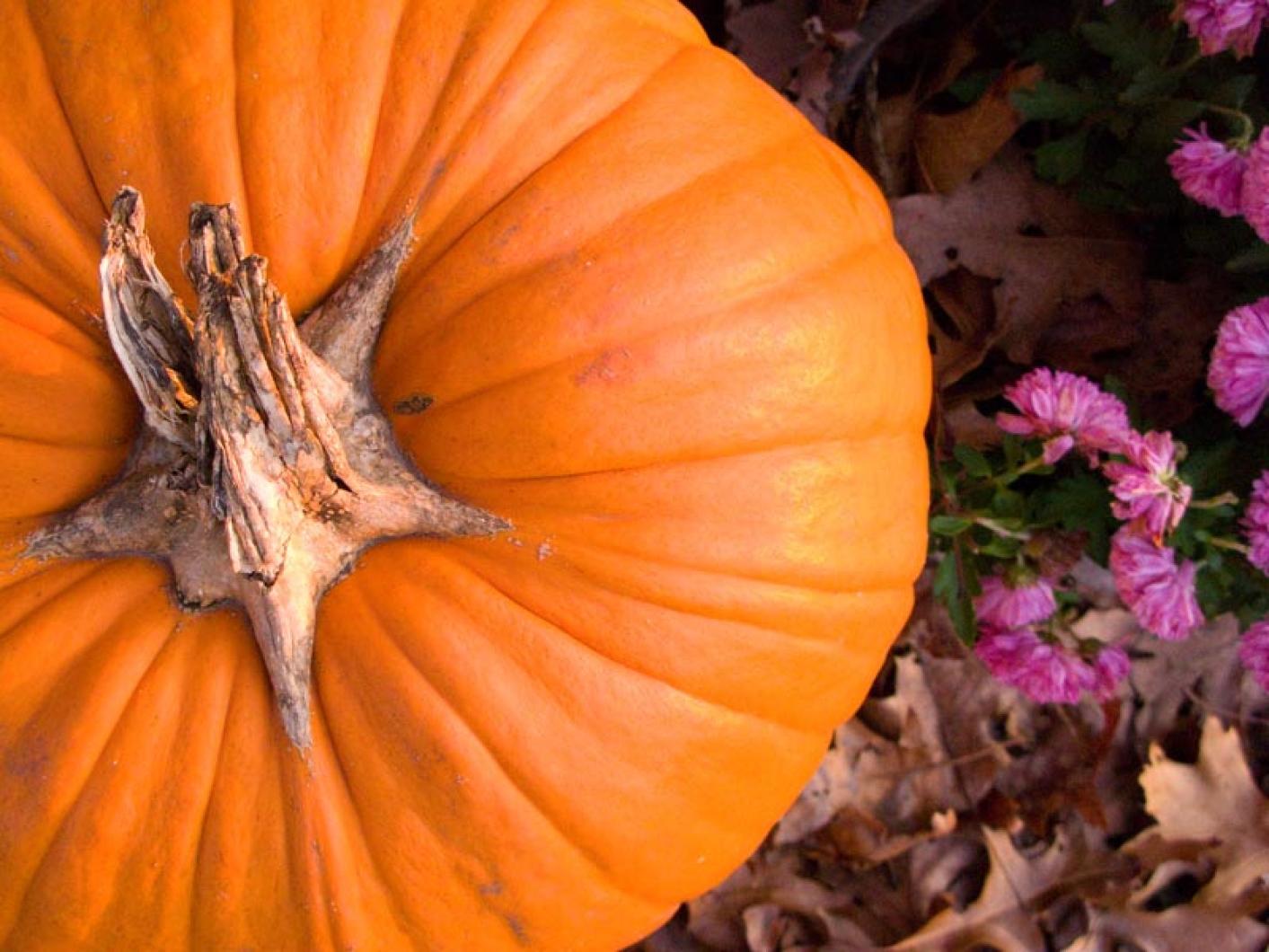In many ways, autumn is the same as it ever was: the result of our Island, our region — this hemisphere — turning slowly away from the sun. Days still shrink as the nights grow longer. Temperatures gradually drop towards winter’s frigid lows, although perhaps not as low as they used to go. The trees still turn dramatic shades of yellow and red. And the indefinable qualities of the deepening blue sky, the brightening of the stars at night and the scent of leaves returning to the damp soil still stir feelings which defy description.
Culinarily, however, autumn isn’t what it used to be.
Not so long ago, fall was the season for preservation — a time for salting barrels of codfish and smoking bass and blues on large wooden racks, filling root cellars with apples, onions and potatoes, and boiling jars of extra tomatoes, squash and beans. Autumn was the season to harvest food from the farms, the fields and the sea, and to prepare for winter.
Many Islanders still stock up and put food away in the fall — farmers, fishermen and hunters. Hunters fill freezers with venison. Baymen, professional and amateur alike, gather scallops, one of the finest seafood delicacies available anywhere. And gardeners harvest and save whatever they can — winter squash, root vegetables and braising greens.
Few of us though, even on the Vineyard where there is so much local food, are truly self-sufficient. We have become global gourmands — and the fish we pull from the freezer in January may be served with spinach from California or a haunch of venison might be stewed with Moroccan olives and Italian tomatoes. And despite the detractions of dedicated locavores, this globalization of our diet does have its perks — fresh fruit and vegetables all year long, fine wines and cheeses from around the planet, chocolate, apricots and exotic spices. These things have their merits.
But where is the would-be seasonal cook supposed to find culinary inspiration? How to capture the gist of autumn on the Island while choosing among fall greens stocked side by side with produce from Timbuktu and Kalamazoo or settling for a canned pumpkin that was grown who knows where and who knows when?
The essence of autumn is unlikely to strike our imagination when we are standing in the canned goods aisle of a supermarket. Fall is an event best experienced outdoors, perhaps fishing, working in the garden or walking through the farmers market to see who’s growing what.
Good cooking is an act of creation, as artistic as painting, sculpture and opera, and the most genuine meals are an expression of both a place and a season, as perfected in the world’s great regional cuisines. A landscape painter goes outdoors and asks, what does autumn look like on the Island, what are the qualities of color and light? And the inspired chef asks, what does autumn taste like here, and what should its aroma be when I pull it from the oven?
Autumn is strong on the senses — with vivid colors, the scent of plants decomposing in the earth and the cool touch of winter approaching. The seasonal cook’s task is to in some way match these and other sensations with readily available ingredients — crisp apples and cold cider, bay scallops and oysters, bluefish and striped bass, pumpkins, Brussels sprouts and butternut squash.
These foods can all be made to match different seasons by preparing them in different ways and pairing them with different flavors. Grilling bass and topping it with fresh tomato vinaigrette makes a light-flavored summer dish, while roasting the fish with rosemary and leeks creates something earthier and more autumnal. Just-shucked raw oysters are refreshing for a summer day, while oysters wrapped in bacon and broiled with goat cheese are warmer and more reassuring on a cold November night.
But whatever the chosen dish, successful seasonal cooking requires experiencing and appreciating the season itself at least as much as following a recipe; capturing the flavor of autumn is not so much a task as an act of imagination.




Comments
Comment policy »